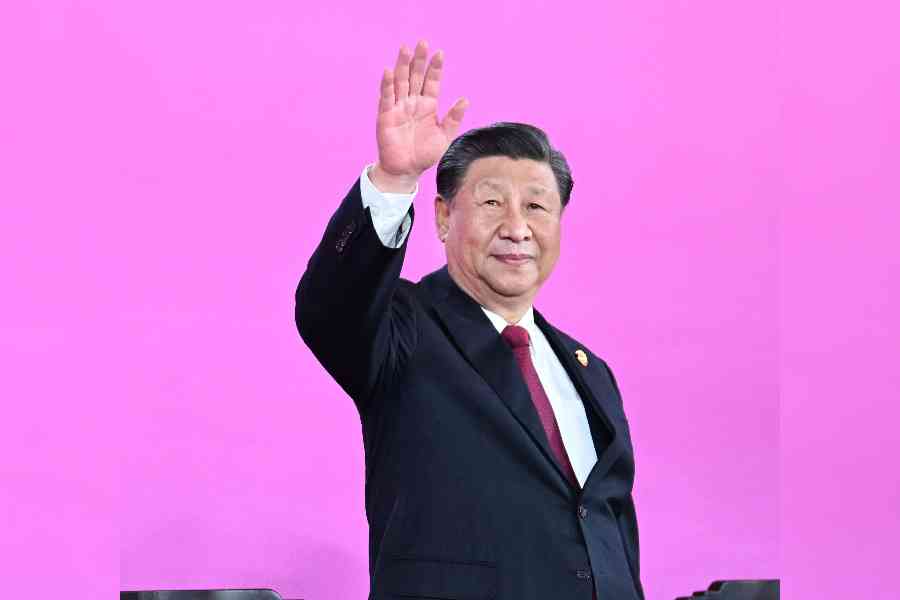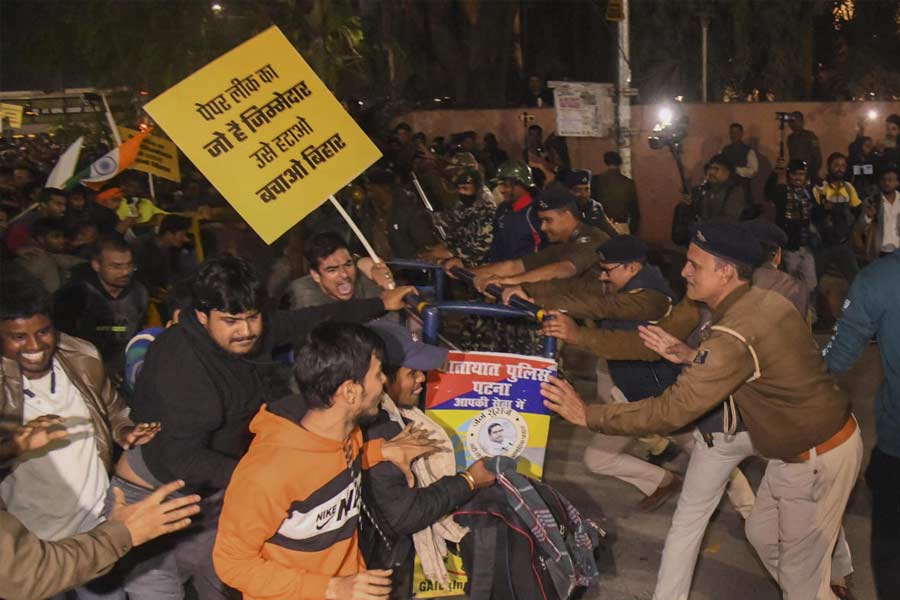India’s economy is going to be stuck in the ICU for what could be a long time. The extent of the slowdown engulfing the economy can be gauged by the Reserve Bank of India slashing on Friday its year growth forecast by nearly a full percentage point to 6.1 per cent from 6.9 per cent predicted just two months ago. (To get a sense of how quickly the economy’s tanking, bear in mind the bank’s initial growth forecast in April was 7.2 per cent).
The RBI’s also pared its benchmark lending rate for the fifth time this year, cutting it by a quarter point to 5.15 per cent. And the bank didn’t mince words about why it was cutting the rate, describing the economy’s near-term outlook as “fraught with risks”.
After the early investor and business euphoria which followed the string of recovery packages in the wake of July’s lacklustre budget, the optimism’s faded and reality’s sunk in. The government’s efforts to revive the economy won’t be the quick fix everyone was hoping for.
In fact, in a blow to the India “growth miracle” narrative, Bangladesh has eclipsed this country as the fastest-growing South Asian economy, according to the Asian Development Bank. The ADB’s just revised upward its forecast for Bangladesh’s growth this year to 8.1 per cent from 8.0 per cent.
The central bank’s keeping its monetary stance “accommodative,” meaning it’s poised to cut rates more if the economy doesn’t perk up. Many economists said on Friday that actually a bigger rate cut would have been in order in light of the big drop in the RBI’s GDP forecast. “Given the large revision in the growth outlook, the 25-basis point reduction seems inadequate. A 40-50 basis points (cut) would have been commensurate along with a dovish guidance,” commented Kotak Institutional Equities in an investor note.
Data showing growth cratered to a six-year low of 5 per cent in the June quarter has focused the government’s mind on the economy. But the recovery packages which have included slashing corporate profit tax to 22 per cent from 30 per cent for existing companies and to 15 per cent from 25 per cent for new manufacturing firms, may not be enough to even mildly jolt the economy’s “animal spirits”.
The RBI’s monetary policy committee signalled strongly that further steps are needed from the government, saying: “With inflation expected to stay below target, there is policy space to address growth concerns by reinvigorating domestic demand.” In short, top-down measures like big tax breaks to corporations aren’t going to stimulate demand quickly.
But the government’s in a tight fix. It doesn’t have a lot of fiscal room for stimulus. The September GST collection figures released by the government of Rs 91,916 crore were the lowest for 19 months and way below the amounts needed for the government to meet its revenue targets.
In the meantime, bad economic news keeps piling up. Ashok Leyland reported sales of its trucks and light commercial vehicles fell by a staggering 55 per cent year-on-year in September. There was gloomy news too from industry leader Maruti which said September sales slid by 24.4 per cent from a year earlier. Mahindra & Mahindra announced a 21 per cent steep fall in total sales even though we’re on the cusp of the commercially crucial festival season when auto sales should be going up, not down.
Other dire tidings include service-sector activities, which dominate the economy. They hit their lowest in 19 months, according to the widely tracked IHS Purchasing Managers’ Index. Overall business confidence sank to a 31-month low.
When announcing the rate cut, the RBI noted tersely “private consumption, which has supported economic activity, is now beginning to slow down due to a host of factors. In this context, the performance of large employment-generating sectors like automobiles (which contributes half of India’s manufacturing production) and real estate remains less than satisfactory.” In other words, the central bank gave the economy a ‘D’ for performance.
The bad debt-saddled banks, which are supposed to finance economic growth, remain stressed. And the cooperative sector’s just come under a new cloud with FIRs filed in what’s turned out to be a giant fraud at the Punjab & Maharashtra Cooperative Bank.
How much of a toll fragility in the banking sector is taking on investor sentiment has now become starkly evident. Witness the market capitalisations of HDFC and Kotak Bank, both of which have been relatively unscathed by the uncertainty and scandal surrounding the industry. HDFC and Kotak’s combined market cap on Friday was worth more than the value of all the other banks – including the sprawling State Bank of India -- put together.
The government’s attempted to front-load it efforts at bank recapitalisation and is merging the banks to shrink their number, hoping to nudge the to lend more to corporates and to individuals to spur consumption. But with rumours continuing to swirl about the banking sector’s health, the RBI had to tweet mid-week the message the bank “would like to assure the general public that Indian banking system is safe and stable.” It’s never a good sign when a central bank feels it must publicly reassure depositors their money’s safe.
And for shareholders, it’s been a roller-coaster ride. The mix of government packages that have promised lower business taxes, amongst other benefits, and the grim developments on the corporate and banking fronts have sent the stock markets gyrating between a peak of 39,049 and a low of 38,140 – over 900 points -- in just the last eight days. Over the last month, the market’s swung over 3,000 points from a low of 36,093 to a peak of 39,097.
So, what’s to be done if the government’s latest efforts to kickstart the economy fail?
It’s quite possible many corporates will opt to keep any savings from corporate tax cuts to shore up their balance sheets, not pass them on to consumers or make any capex investments. Also, lower interest rates can only help consumers and businesses that want to borrow money.
The government now is reportedly giving serious thought to cutting personal income-tax rates to create a “feel-good” factor among consumers. Still, even with a little more money in their pockets, consumers could still be too scared to buy anything beyond life’s necessities, especially big-ticket items. With unemployment up and the general mood of domestic economic malaise along with mounting fears of a global recession, India may be caught in an economic Catch-22 from which there’s no easy escape.











